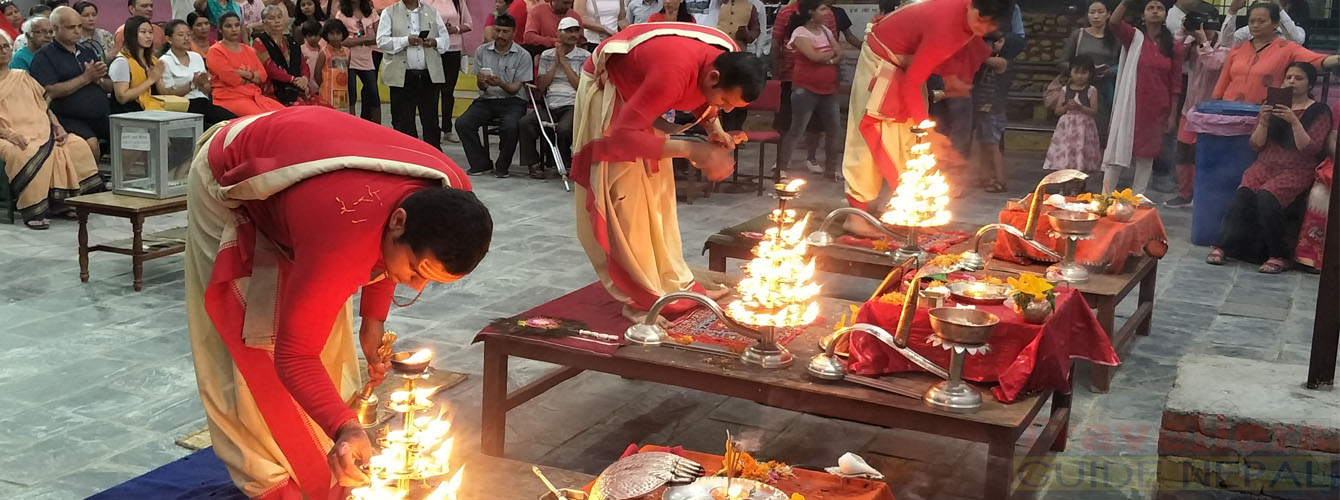
The Bagmati Aarti at Pashupatinath Temple in Kathmandu is one of the most mesmerizing and important rituals performed in the Hindu religion. The holy Bagmati river, which flows through the temple area, has great significance in Hindu beliefs. It is believed that taking a holy bath in the river will wash away one’s sins.
Aarti Puja is a Hindu ritual performed around the world, in which a lamp dipped in purified butter (ghee) is offered to God. At the Pashupatinath Temple, the Bagmati Aarti is traditionally performed by three priests who recite sacred mantras and offer lamps, lanterns, incense, and other religious elements to God. The priests take a lighted oil lamp and perform Aarti in a circle, dedicating their deeds to God. Bhajans, or religious songs, are sung by devotees during the Aarti, creating a joyful atmosphere.
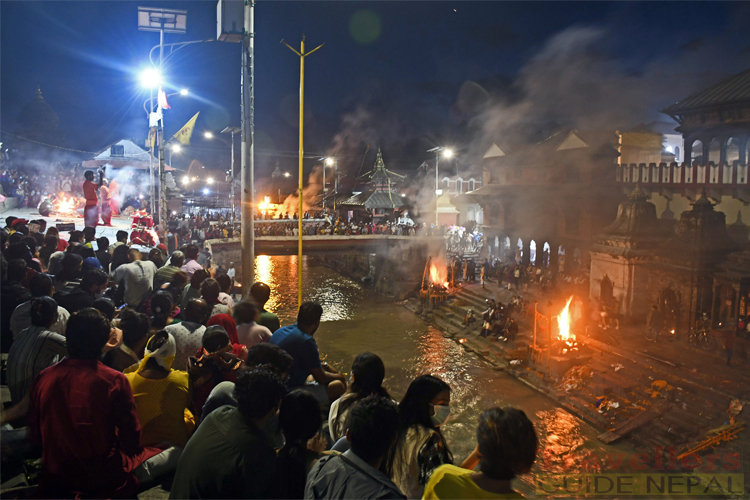
The Bagmati Aarti starts every day at 6 pm and has been performed regularly since 2006. It is a Hindu religious ritual that allows everyone to participate and creates a union between God and devotees. Aarti is considered the highest form of prayer in Hinduism, with hymns and prayer considered more valuable than songs.
The Bagmati Aarti pays homage to the holy river Bagmati and the Pashupatinath Temple, and during the Aarti, a dance called “Tandava” is performed by followers. Tandava is a divine dance performed by Shiva, and the followers perform the Tandava dance during the Aarti while honoring Lord Shiva.
The Bagmati Aarti at Pashupatinath Temple is a widely celebrated event, with many people participating on holy days Mondays, and festivals. Monday is considered an auspicious day to worship Lord Shiva, and a large number of followers participate in Aarti on that day. Mahashivratri and Haritalika Teej festivals are also major attractions.
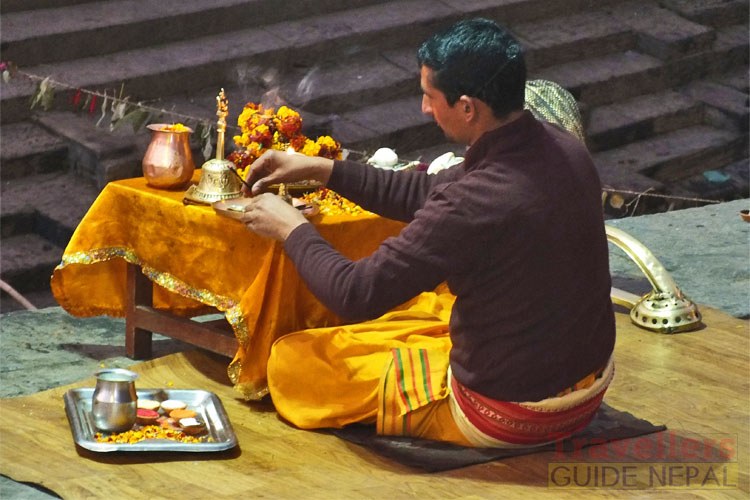
During the Aarti, prayers are offered for the well-being of all humanity, and the main objective is to attend the Aarti together. The Aarti ends by chanting for the welfare of every living soul and thanking God for his mercy and for receiving his grace and prasad. The musical atmosphere during the Aarti is truly joyful, with devotees and tourists adding to the excitement of the event. Additionally, the evening Aarti is dedicated to the peace of the departed soul of the deceased.
In summary, the Bagmati Aarti at Pashupatinath Temple is a significant Hindu religious ritual that allows for a union between God and devotees. It pays homage to the holy river Bagmati and the Pashupatinath Temple and creates an atmosphere of prayer and well-being for all humanity.
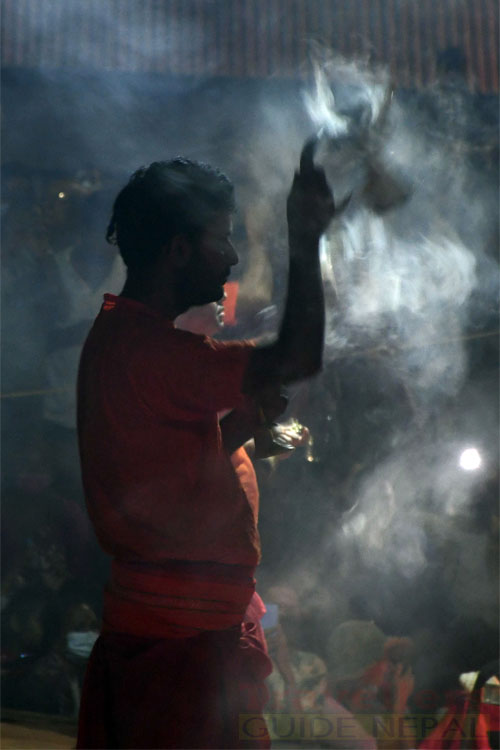
If you are in Kathmandu and seeking a short yet deeply spiritual cultural experience, the Pashupatinath Evening Aarti Tour is an experience not to be missed. This half-day tour offers the chance to witness the enchanting Bagmati Aarti and immerse yourself in the spiritual energy of the UNESCO World Heritage Site – Pashupatinath Temple.
Blossom Expeditions arranges customized Pashupatinath Tour itineraries, including the Evening Aarti and nearby temple area highlights. Contact us via WhatsApp, Viber, or email, and let us design your half-day Kathmandu tour for a truly remarkable cultural journey.
Blossom Expeditions
P. O. Box No: 21101, Kapan-12, Kathmandu, Nepal.
Telephone: 977-01-4810388
Mobile: 977-9841454462
WhatsApp/Viber: 977-9841454462
info@blossomexpeditions.com
blossomexpeditions@gmail.com
ambartg@yahoo.com
www.blossomexpeditions.com
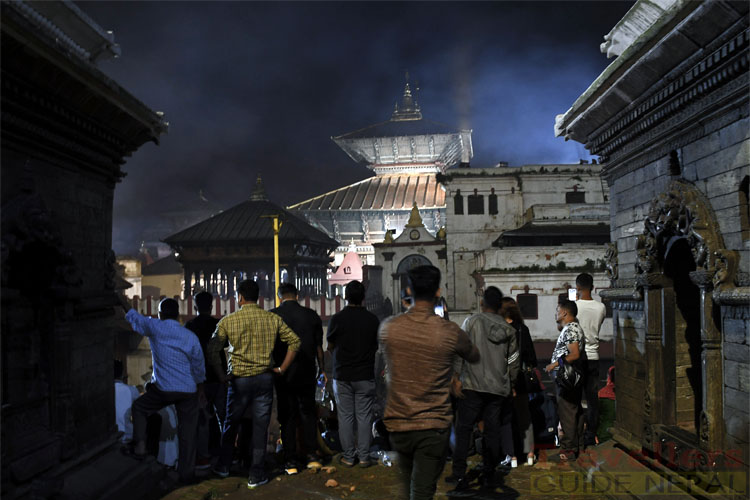
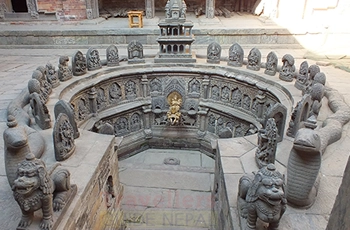
Introduction to the Patan Heritage Walking Tour A typical Patan Day Tour often highlights the most famous attractions, such as Patan Durbar Square, the Golden Temple, and the Mahabouddha Temple. However, for travelers seeking a deeper connection with local life, ancient art, history, and culture, the city of Patan reveals an abundance of hidden treasures. For this rea...
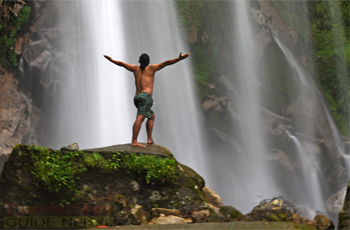
If you want to get rid of the hustling and bustling city for a while. Want to get lost in the beauty of nature for a while. Like to taste the local food, want to learn people's daily lifestyle of the countryside. The one or two-night trip to Kulekhani-Chitlang Village Tour can be suitable for you....
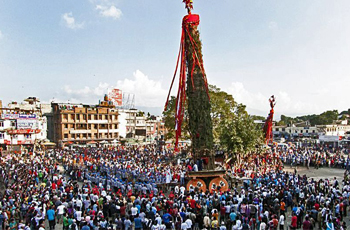
Bhoto Jatra ( Rato Machhendranath (Bunga Dyah) Jatra), a month-long celebration, and it is the Chariot procession of Rato Machhendranath Jatra. It takes place at Jawalakhel western side of Patan and displays a precious sacred Bhoto (Vest) to the public by the official. The festival was starting by King Narendra Deve (640-683 AD). Rato Machhendranath (Bunga Dyah) Jatr...
Comments